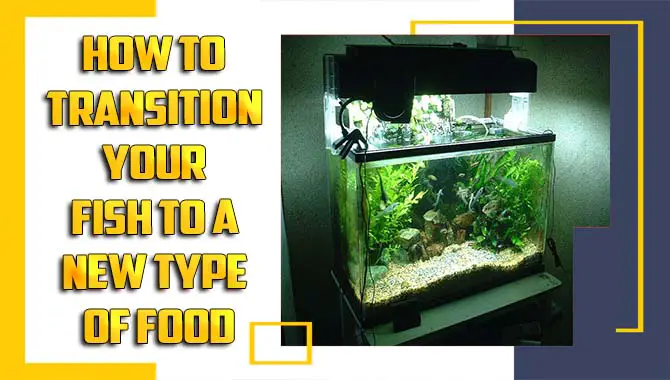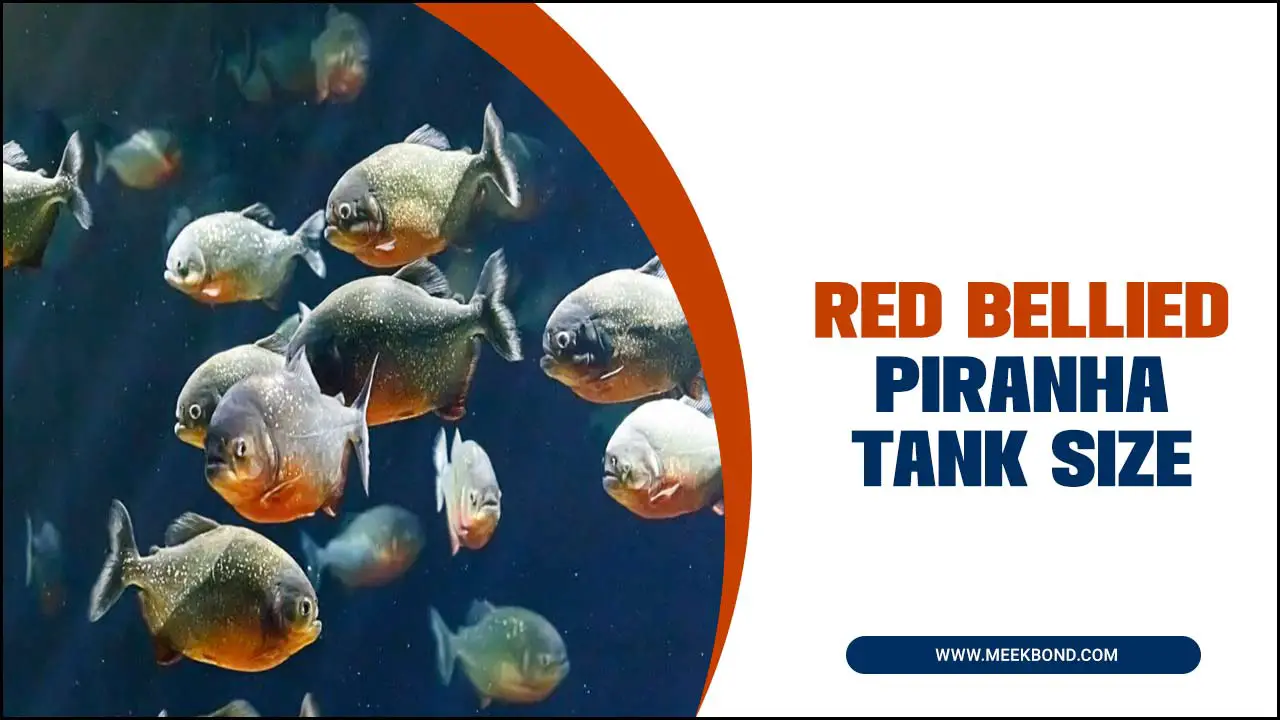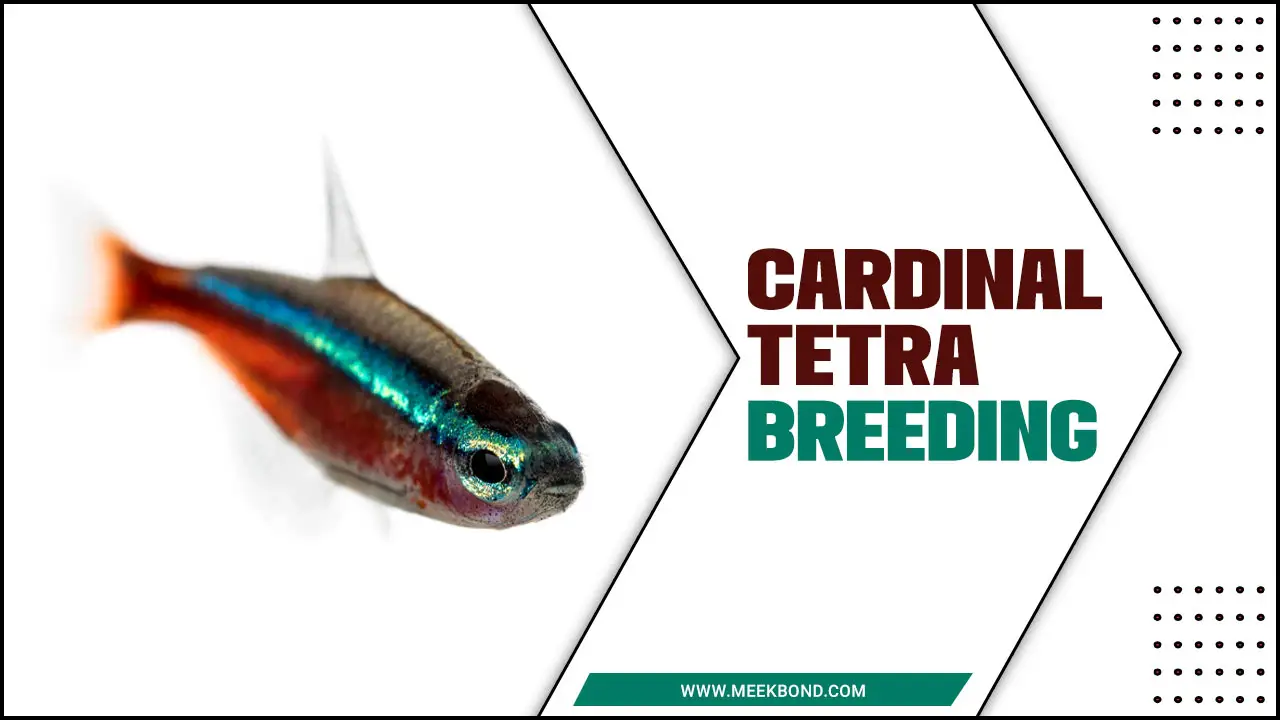PH is a crucial factor every aquarium owner should understand when keeping cherry shrimp. Understanding pH is essential because it can affect the shrimp’s health, behavior, and reproduction.
As a cherry shrimp owner, it’s essential to maintain optimal pH conditions to ensure the long-term health of your beloved pets. Here, we’ll cover everything you need about pH for cherry shrimp. We’ll discuss the optimal pH range for cherry shrimp, the factors influencing pH fluctuations, and how to measure and adjust pH levels in your aquarium. Additionally, we’ll touch on the common mistakes shrimp enthusiasts make regarding pH management and how to avoid them.

About To Cherry Shrimp In Aquariums
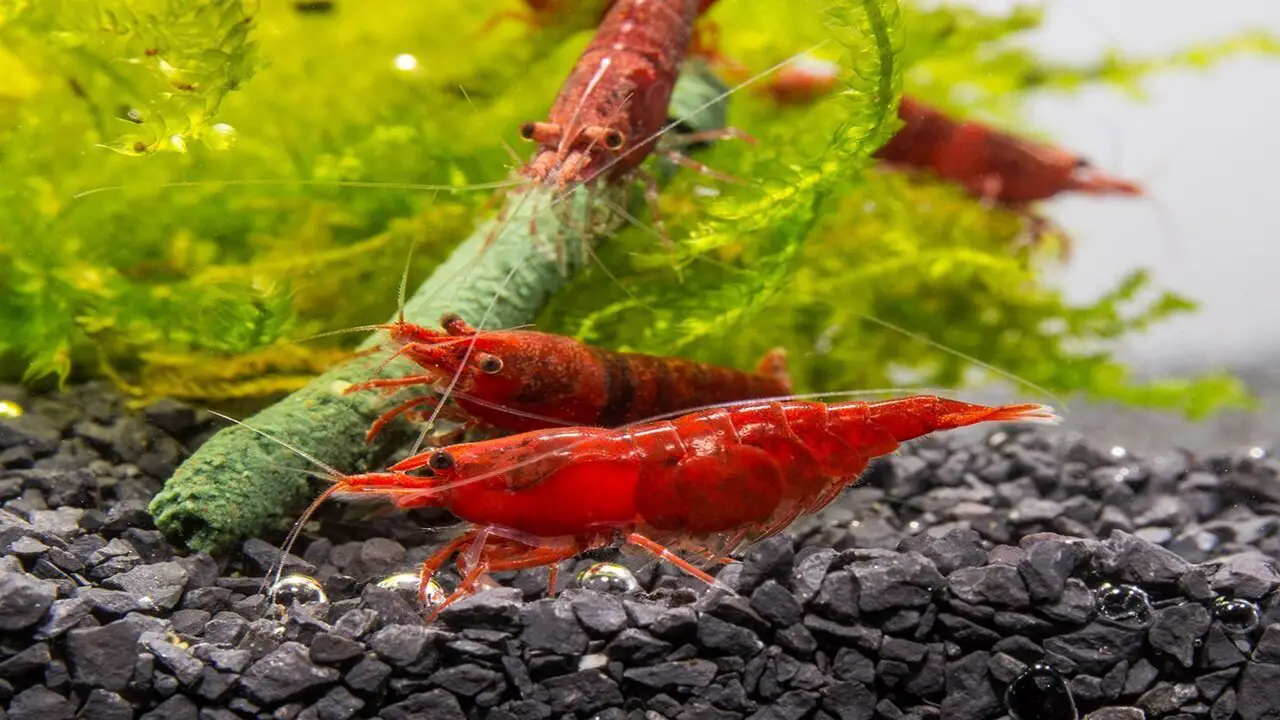
Aquarium enthusiasts always look for new and interesting species to add to their tanks. One such species that has gained popularity in recent years is the Cherry Shrimp. These small and colorful creatures are native to Taiwan and are often found in streams and rivers. Cherry Shrimp are known for their vibrant red color, which makes them a striking addition to any aquarium. They are also relatively easy to care for, making them a great option for beginners.
What Is The Value Ph For Cherry Shrimp In The Aquarium?
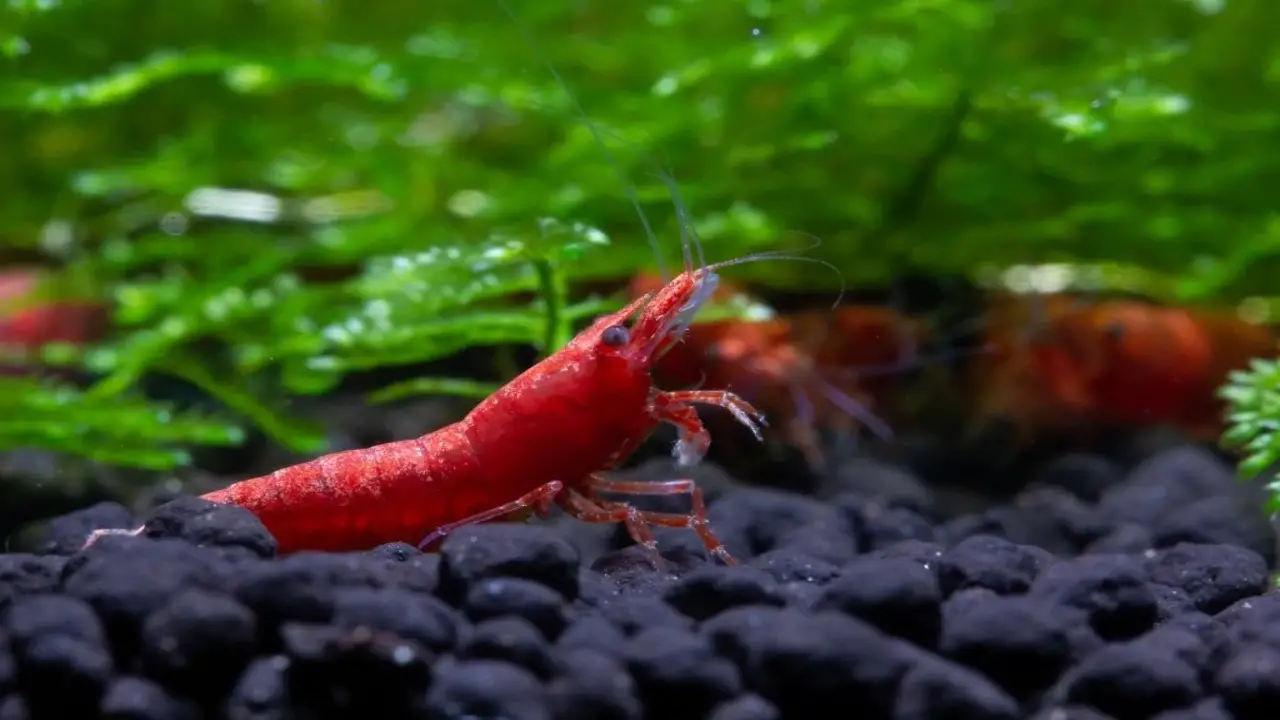
Maintaining the proper pH level in your aquarium is essential for the health and well-being of your cherry shrimp. The ideal pH range for cherry shrimp is between 6.5 and 7.5, slightly acidic to neutral.
It’s important to regularly test the water in your aquarium to ensure that the pH level is within this range. If the pH level is too low or too high, it can cause stress and health problems for your shrimp. You can adjust the pH level by adding pH buffer solutions or adjusting the hardness of the water.
It’s also important to remember that sudden changes in pH levels can harm your shrimp, so it’s best to make gradual changes over time. Maintaining a proper pH level is just one of the many factors contributing to the overall health and happiness of your cherry shrimp in the aquarium. By keeping up with regular water testing and making necessary adjustments, you can help ensure your cherry shrimp thrive in their aquatic. Here we will discourse about ph for cherry shrimp.
Understanding Ph And Its Importance In Aquariums
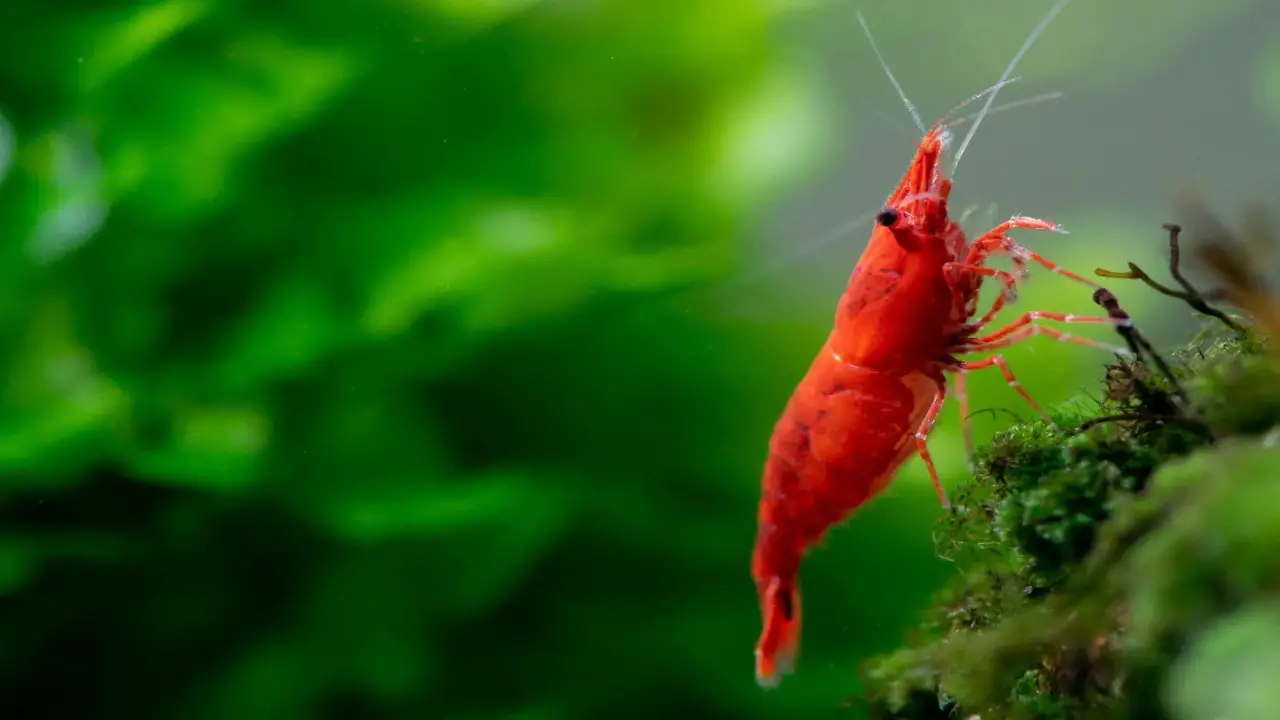
Understanding pH and its importance in aquariums is crucial for maintaining a healthy environment for aquatic life. pH is a measure of the acidity or alkalinity of a solution, and in aquariums, it can have a significant impact on the health and well-being of fish and other organisms.
The ideal pH for most aquariums is between 6.5 and 7.5, which is considered slightly acidic to neutral. If the pH levels in the aquarium are too high or too low, it can lead to stress, disease, and even death of the aquatic organisms.
It is essential to regularly test the pH levels in the aquarium to ensure that they remain within the appropriate range. Factors such as the type of substrate, the presence of plants, and the use of chemicals can all affect the pH levels in the aquarium. Additionally, fluctuations in pH can occur due to changes in water temperature, which can harm aquatic life.
Optimal Ph Range For Cherry Shrimp
Cherry shrimp, also known as Neocaridina heteropoda, is a popular freshwater aquarium species among aquarists. These little invertebrates are known for their bright red color and ability to thrive in various water conditions. However, maintaining the optimal pH range is crucial for keeping cherry shrimp healthy and happy. The optimal pH range for cherry shrimp is between 6.5 and 8.0. Keeping the pH level stable is essential to avoid any stress or shock to the shrimp.
Which can result in illness or death. One way to maintain the optimal pH range is to test the water regularly and adjust it if necessary. Adding buffer solutions, such as baking soda or crushed coral, can help raise the pH level. On the other hand, using acidic substances, such as peat moss or driftwood, can lower the pH level. It is also essential to ensure that the water’s hardness is within the optimal range, as cherry shrimp prefer
Measuring Ph In Aquariums
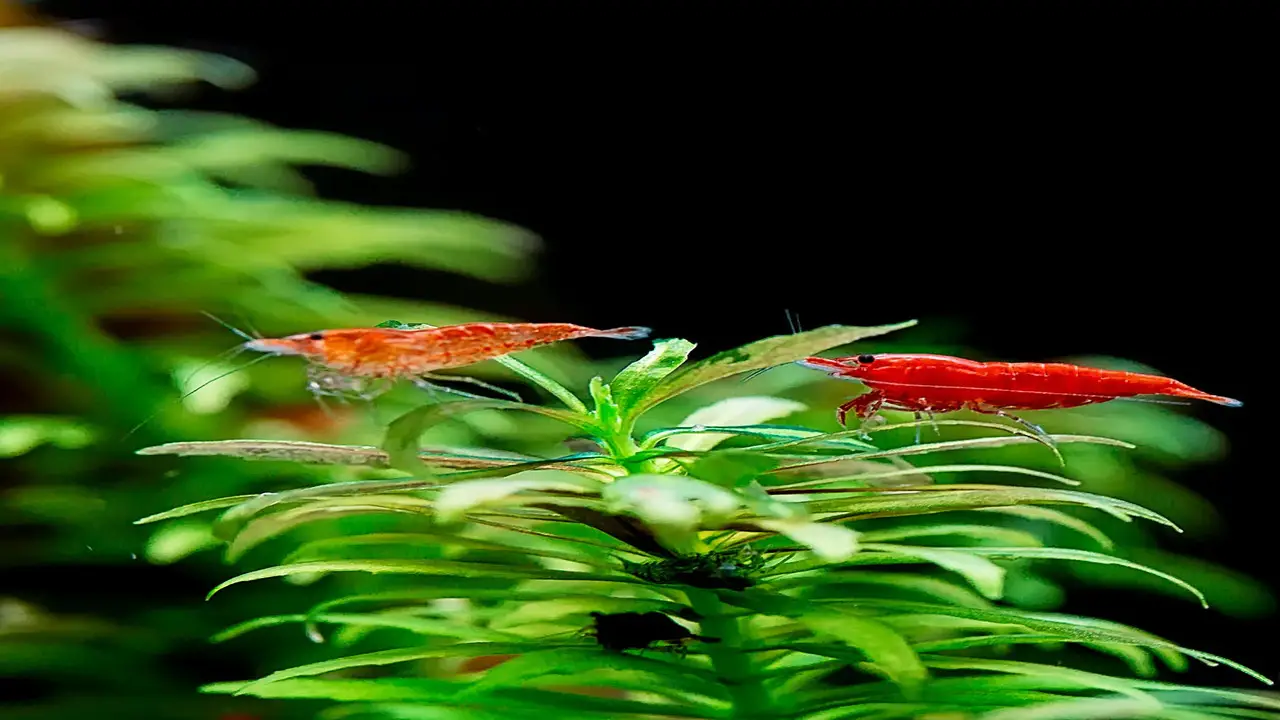
Maintaining the proper pH level in an aquarium is crucial for the health and well-being of the fish and other aquatic organisms. Therefore, it is essential to have accurate and reliable methods of measuring pH. There are several ways to measure the pH in aquariums, and each method has advantages and disadvantages.
- One of the most common and convenient ways is to use a pH test kit.
- These kits come with pH test strips or drop that change colour when exposed to the water in the aquarium.
- Another method involves using an electronic pH meter, which provides a more accurate reading but requires calibration and maintenance.
- A continuous pH monitor may be necessary for larger aquariums or those with sensitive species.
- This device continuously measures and displays the pH level, alerting the owner of any fluctuations.
Additionally, some aquarium enthusiasts prefer to use natural methods to control pH, such as adding driftwood or almond leaves to the water. Regularly monitoring and adjusting the pH level is important for whatever method is chosen.
Adjusting Ph Levels For Cherry Shrimp
Cherry shrimp are a popular addition to many aquariums due to their bright colours and ease of care. However, maintaining the proper pH level is crucial to their health and well-being. Here are step-by-step instructions for adjusting pH levels for cherry shrimp:
- Test the current pH level of the aquarium water using a pH testing kit. The ideal pH level for cherry shrimp is between 6.5 and 7.5.
- If the pH level is too low, add a pH increase to the water. Follow the instructions on the package for the proper dosage.
- If the pH level is too high, add a pH decrease to the water. Again, follow the instructions on the package for the proper dosage.
- Wait for at least 24 hours before retesting the pH level. This will give the chemicals time to dissolve and mix with the water fully.
- If the pH level is still not within the ideal range, repeat steps 2 and 3 as necessary until the proper pH level is reached.
- Once the pH level is within the ideal range, monitor it regularly to ensure it remains stable. Sudden changes in pH levels can be harmful to cherry shrimp and other aquatic life.
Always follow the instructions on any pH-adjusting products and gradually change the pH level to avoid shocking the shrimp. With proper care, your cherry shrimp can thrive in their environment.
Importance Of Stable Ph Levels For Cherry Shrimp
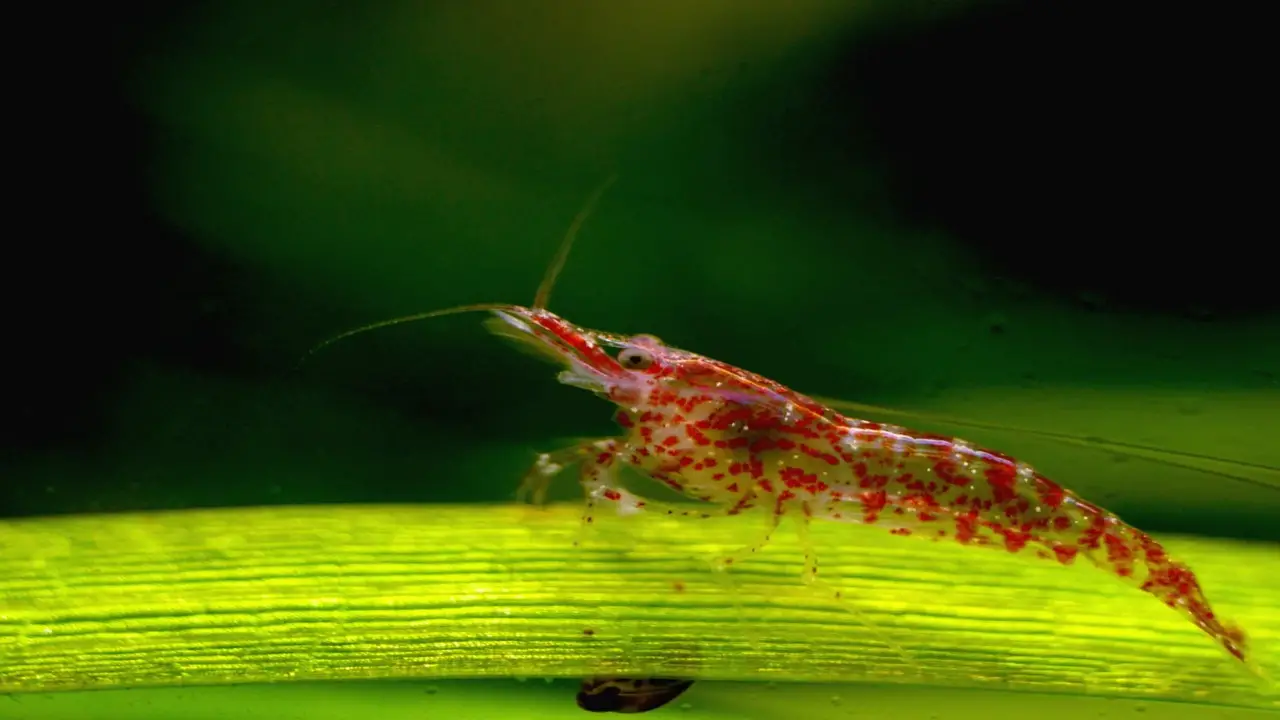
Maintaining stable pH levels is crucial for the health and well-being of cherry shrimp. These tiny creatures are highly sensitive to changes in their environment, and even minor fluctuations in pH can significantly impact their health.
The ideal pH range for cherry shrimp is between 6.5 and 7.5, slightly acidic to neutral. If the pH level drops too low or becomes too alkaline, it can cause stress and even death for the shrimp. This is because fluctuations in pH can affect water chemistry, leading to imbalances in nutrient levels and oxygen availability.
Stable pH levels are important because they ensure that the shrimp have a consistent and healthy environment to thrive in. The shrimp can become susceptible to disease, stress, and even death without stable pH. Therefore, it is essential to regularly test the water parameters and adjust as needed to maintain the optimal pH levels for cherry shrimp. Doing so can provide a healthy and stable environment for your cherry.
Common Ph-Related Problems For Cherry Shrimp
Cherry shrimp are a popular and fascinating addition to any aquarium but can be susceptible to a few common pH-related problems. The first step in preventing these issues is to ensure that the water in your tank is properly balanced.
You can test this using a pH kit that measures the acidity or alkalinity of the water. If the pH level is too high or too low, it can cause stress, illness, and even death in your cherry shrimp. To address this problem, you must adjust the pH level slowly and gradually over a few days.
This can be done by adding pH stabilizers or natural methods like adding driftwood or Indian almond leaves to the tank. Another common problem is fluctuating pH levels, which can be caused by overfeeding, overcrowding, or poor water quality. To avoid this, moderate your cherry shrimp, maintain appropriate water levels, and clean your tank regularly.
Factors Affecting Ph Levels In Aquariums
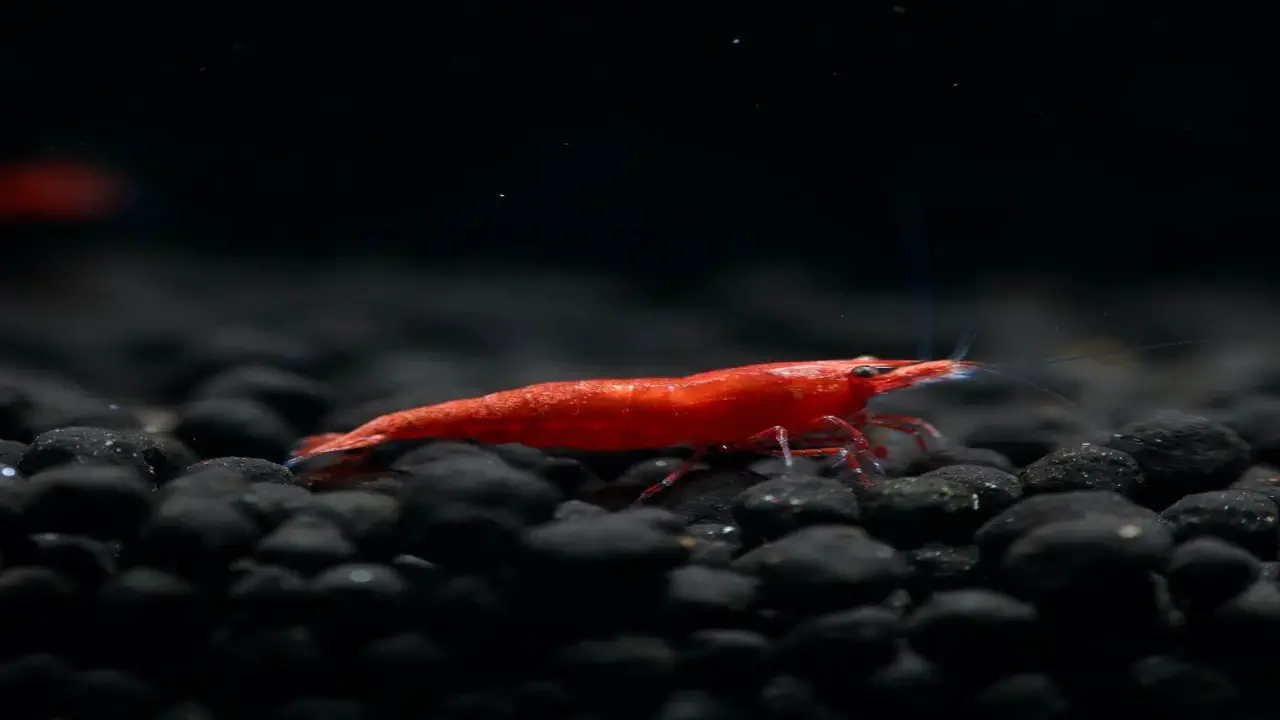
Maintaining the correct pH level in an aquarium is crucial to the health and survival of aquatic life. Several factors can affect the pH levels in aquariums, including the type of fish, plants, and other organisms in the tank. Now we know about it.
- The water hardness is another factor that influences pH levels.
- Hard water, which contains high levels of minerals such as calcium and magnesium, can increase the pH levels in an aquarium.
- Soft water has low mineral content and can lower the pH levels.
- The quality of the aquarium water is also a significant factor that affects pH levels.
- High levels of organic waste, such as uneaten food and fish waste, can cause a buildup of harmful toxins, decreasing pH levels.
Water temperature is another critical factor that affects pH levels in an aquarium. As the temperature increases, the pH levels decrease, and vice versa. Therefore, monitoring these factors regularly and making necessary adjustments to maintain a healthy pH level in the aquarium is essential.
Conclusion
Maintaining the appropriate pH level is crucial for the health and well-being of cherry shrimp. The optimal ph for cherry shrimp is between 6.5 and 7.5, and a pH below 6.0 or above 8.0 can cause significant harm to the shrimp. It’s important to regularly monitor and adjust the pH level of the tank to ensure that it remains within the appropriate range.
Cherry shrimp” is an incredibly popular type of freshwater shrimp with a vibrant, deep red coloration with white stripes. They are small, peaceful creatures that make a great addition to any aquarium, as they are easy to care for and beautiful. By following these guidelines, shrimp owners can help their cherry shrimp thrive and remain healthy for years.
FAQs
Will Cherry Shrimp Die If The Ph Is Too High Or Too Low?
Cherry shrimp are popular for aquarium hobbyists because of their small size and attractive red-and-white coloring. However, they are also very sensitive to changes in water chemistry. If the pH in the aquarium is too high or too low, it can cause the cherry shrimp to die.
Can I Use Ph Adjusters To Alter The Ph Level In My Aquarium?
Yes, you can use pH adjusters to alter the pH level in your aquarium. It’s important to keep in mind, however, that sudden or drastic changes to the pH can be detrimental to your shrimp. To ensure the safety of your shrimp, it is best to introduce pH adjusters slowly and in moderation. This can be achieved by adding a small amount of pH adjuster to your aquarium and then waiting a few days before adding more.
What Should I Do If The Ph Level In My Aquarium Is Too Low?
If the pH level in your aquarium is too low, you can add crushed coral or limestone to help raise the pH level. This will add calcium to the aquarium, which can help to stabilize the pH level and increase the alkalinity of the water. It can also help increase the amount of beneficial bacteria in the aquarium that helps break down organic matter.
Can I Use Tap Water In My Aquarium If The Ph Level Is Too High Or Too Low?
If the pH level in your tap water is too high or too low, it is best to avoid using it in your aquarium. Tap water is often treated with chemicals and chlorine, which can be toxic to the fish. Instead, you can use a water conditioner or a pH adjuster to bring the water to the desired pH level. These specially formulated products will remove harmful toxins and adjust the pH of the water to the optimal level for your aquarium inhabitants.
How Often Should I Test The Ph Level In My Aquarium?
You should always monitor the pH levels in your aquarium to ensure the health and well-being of its inhabitants. Testing the pH level once a week is the best way to do this, as it allows you to keep track of any changes in the levels and adjust accordingly. Keeping the pH level within the ideal range of 6.0-7.5 is especially important for species such as cherry shrimp, as even the slightest deviation can harm their health.

Aquarium passion is all about connecting with the aquatic life and providing education to the public on the importance of these creatures. We showcase a wide variety of marine life through our exhibits as well as working with schools to provide unique learning opportunities for students of all ages.

